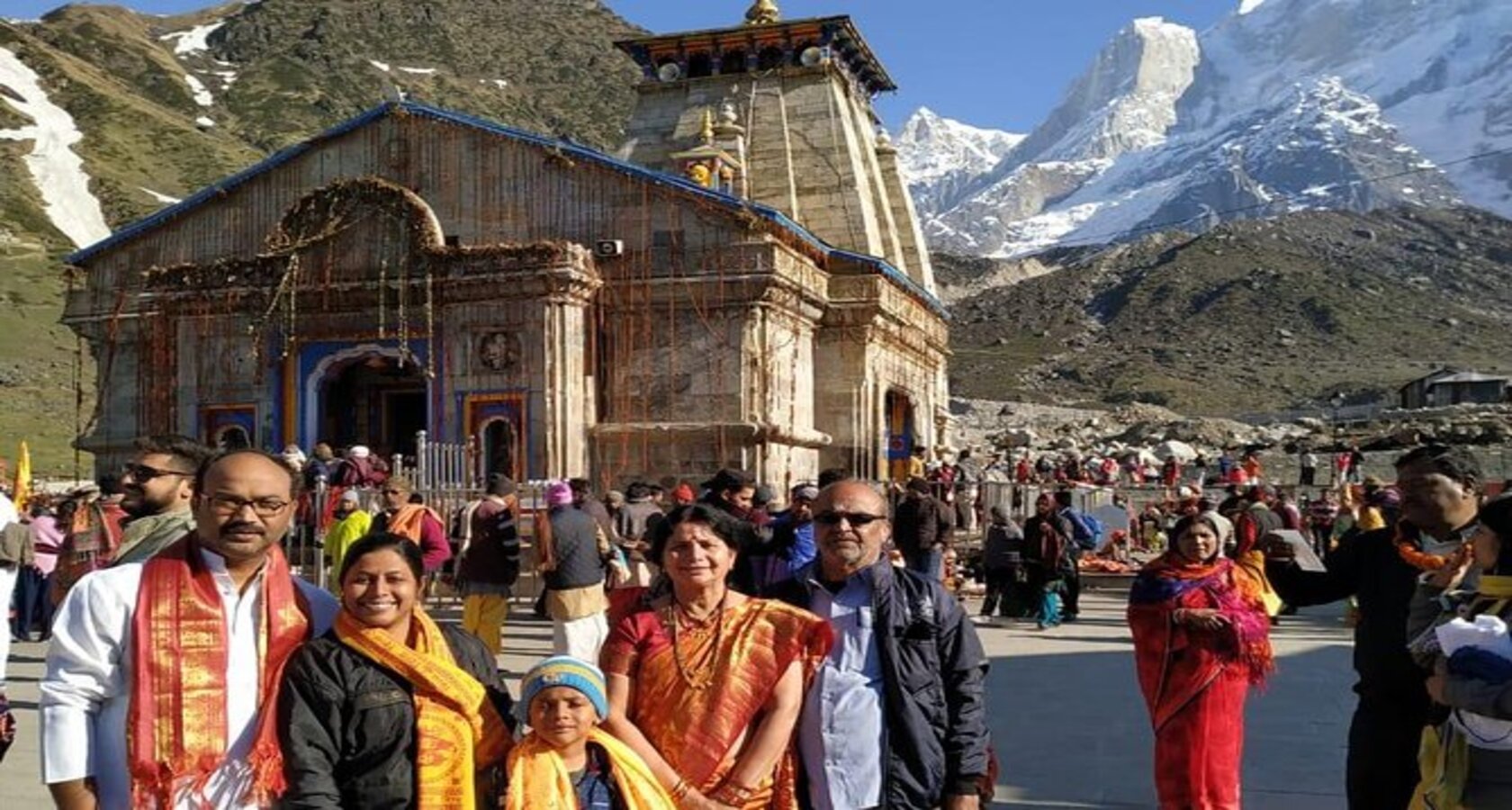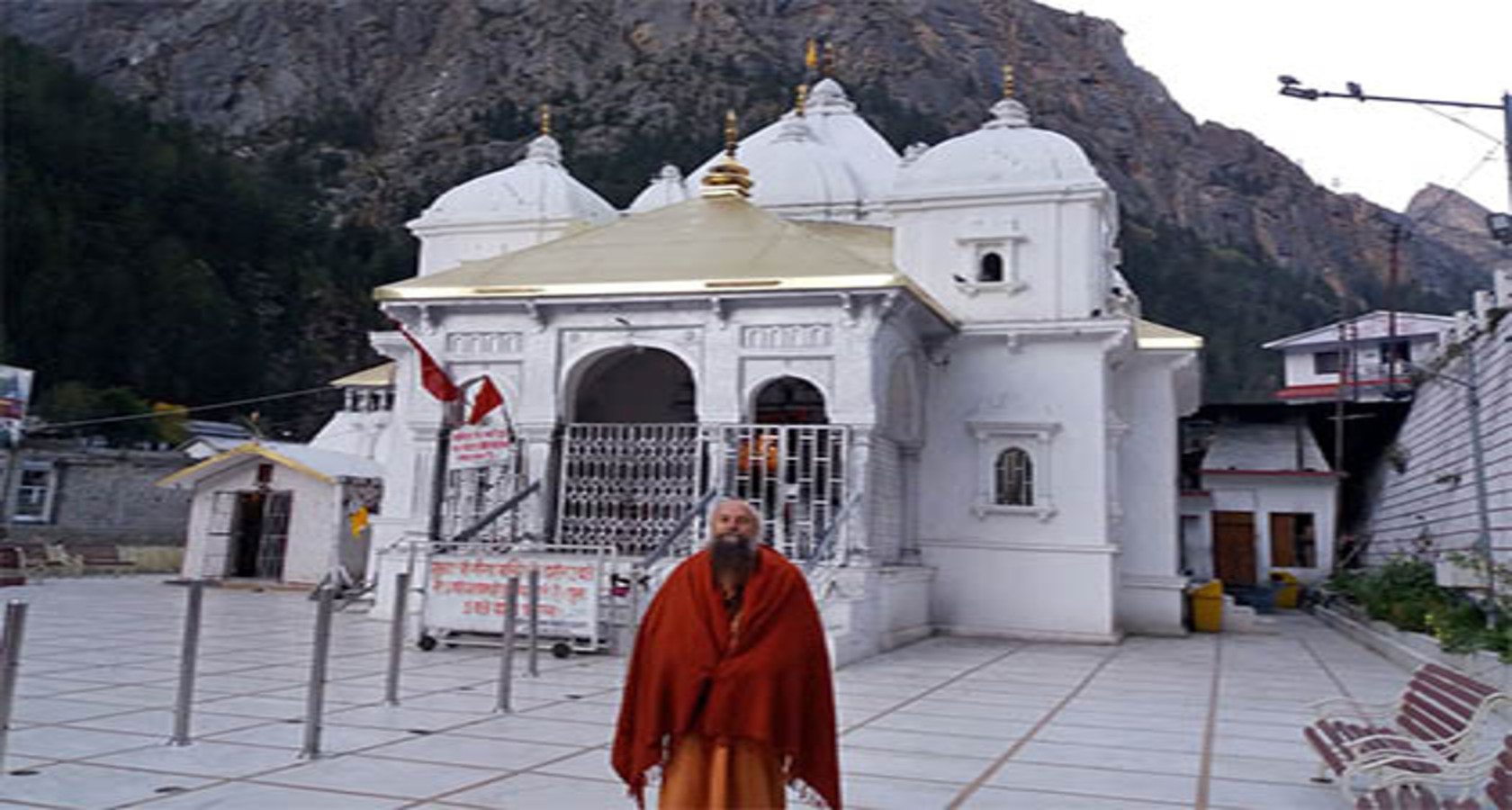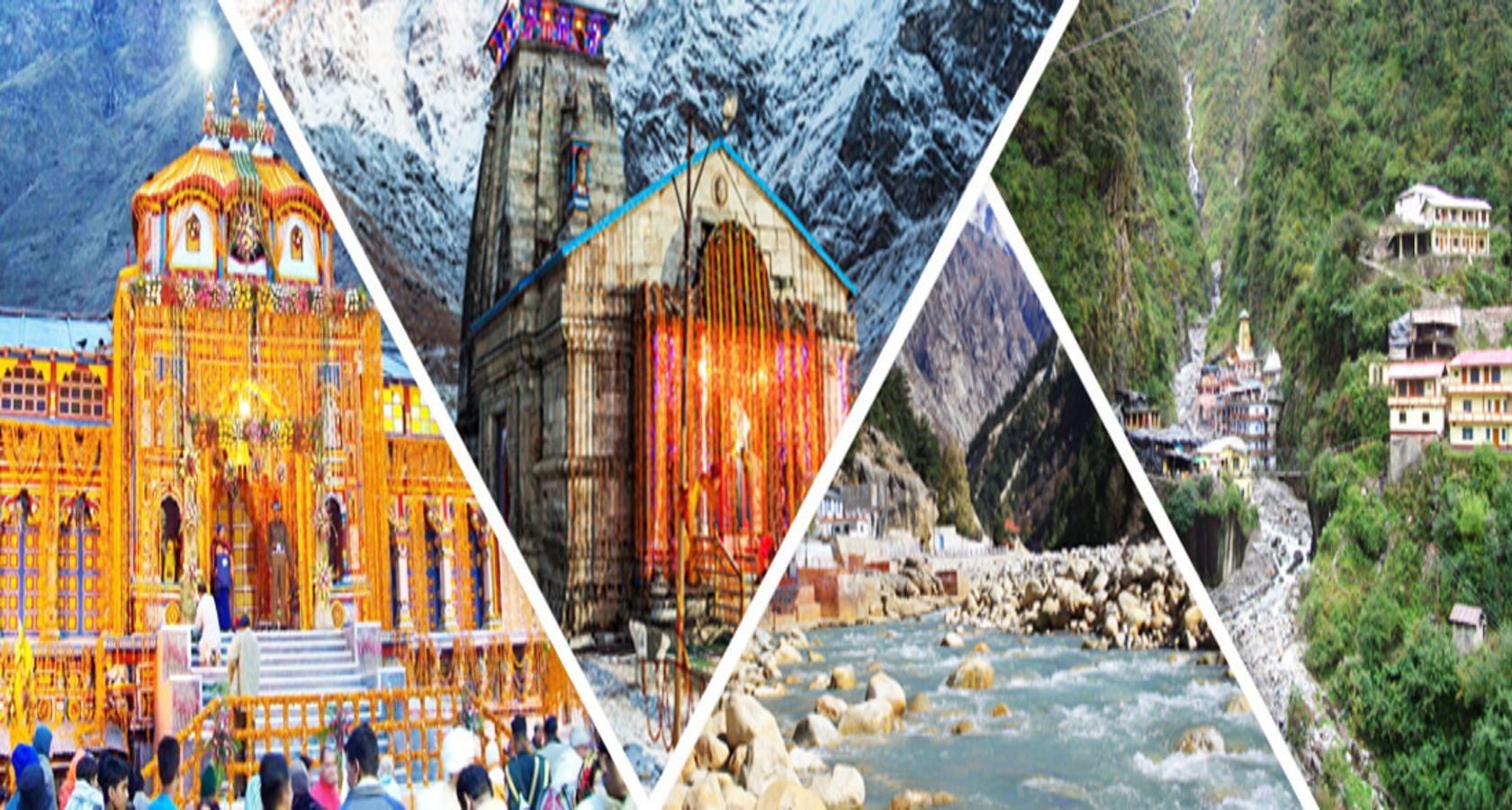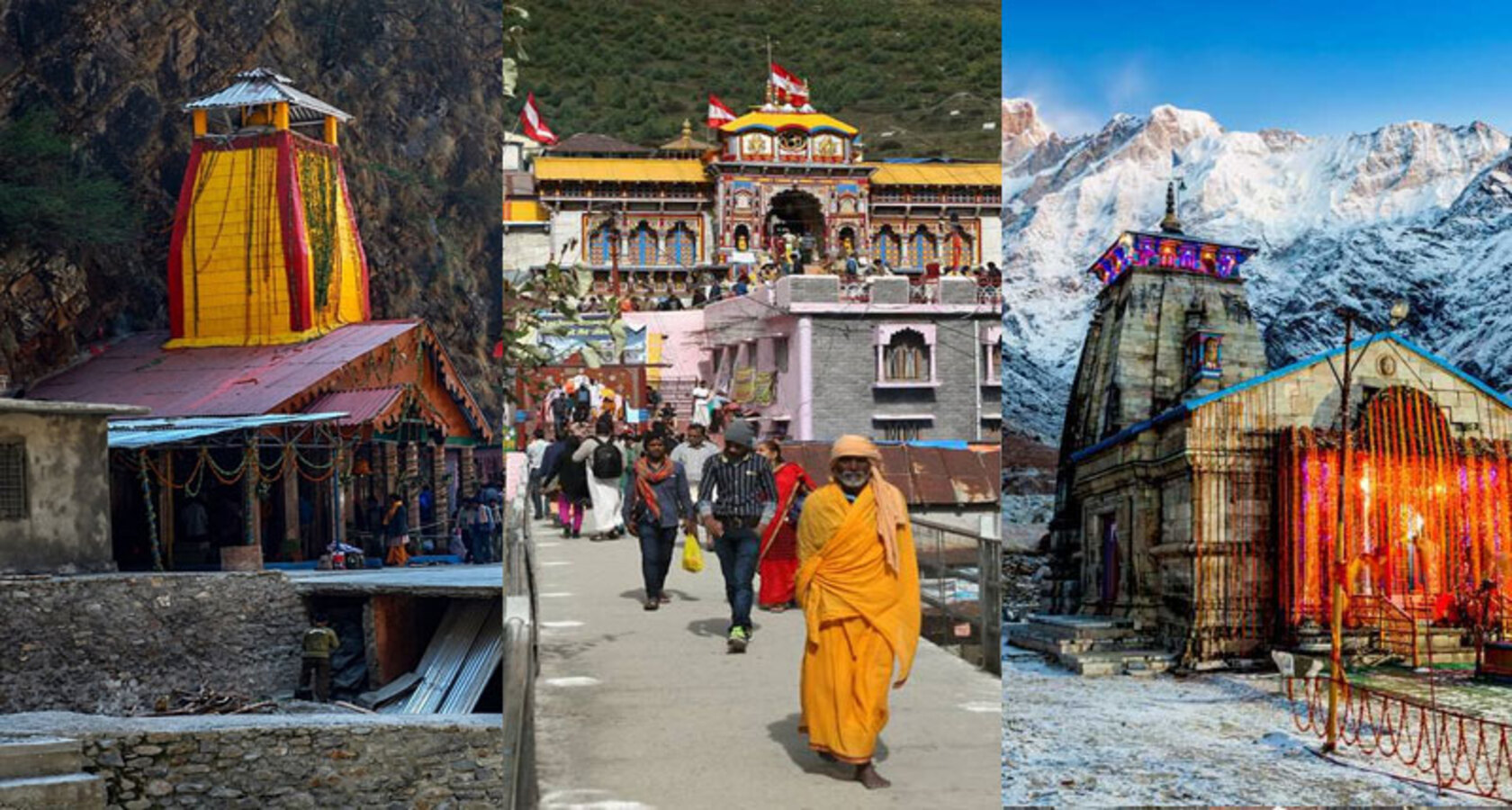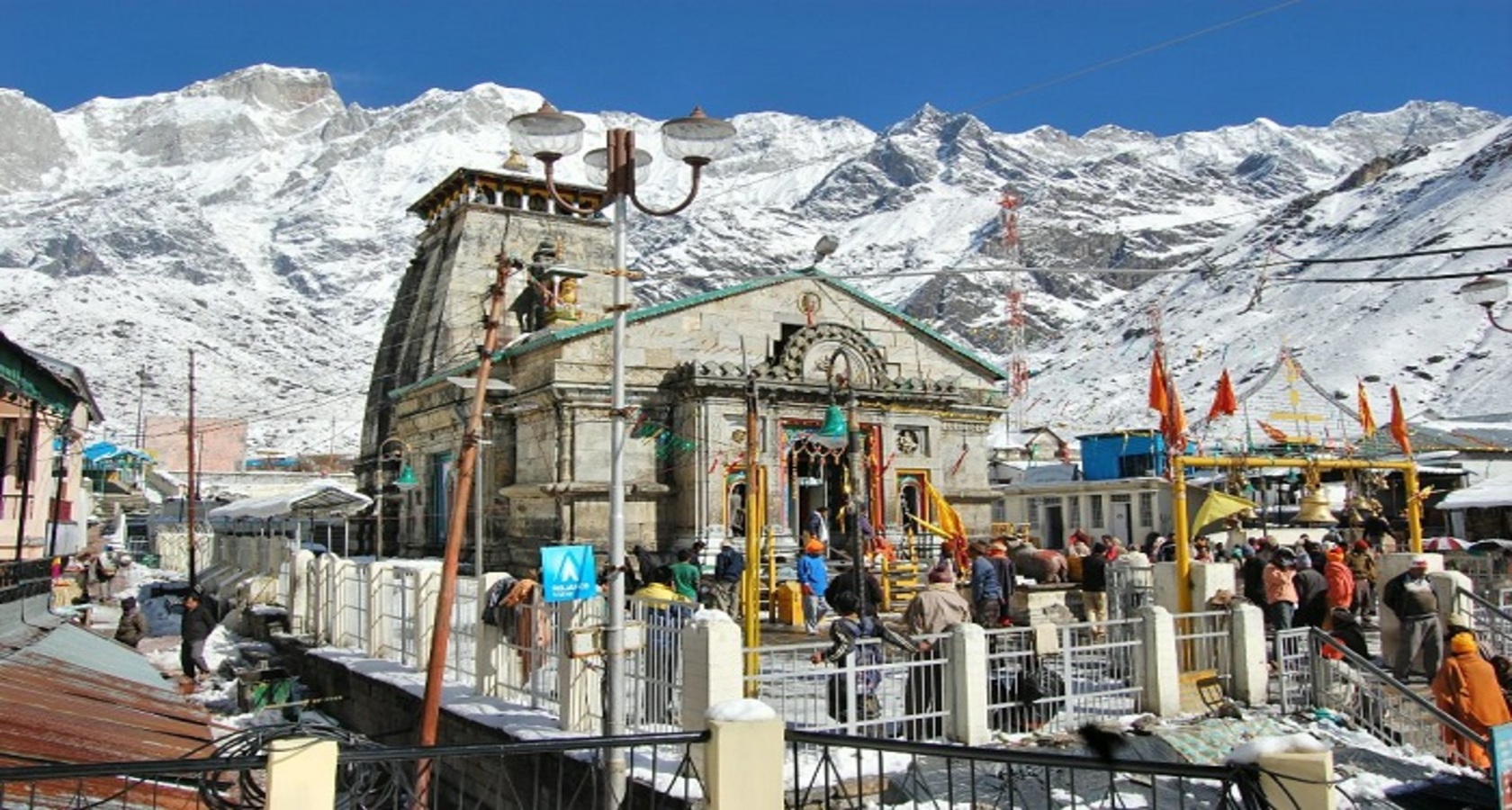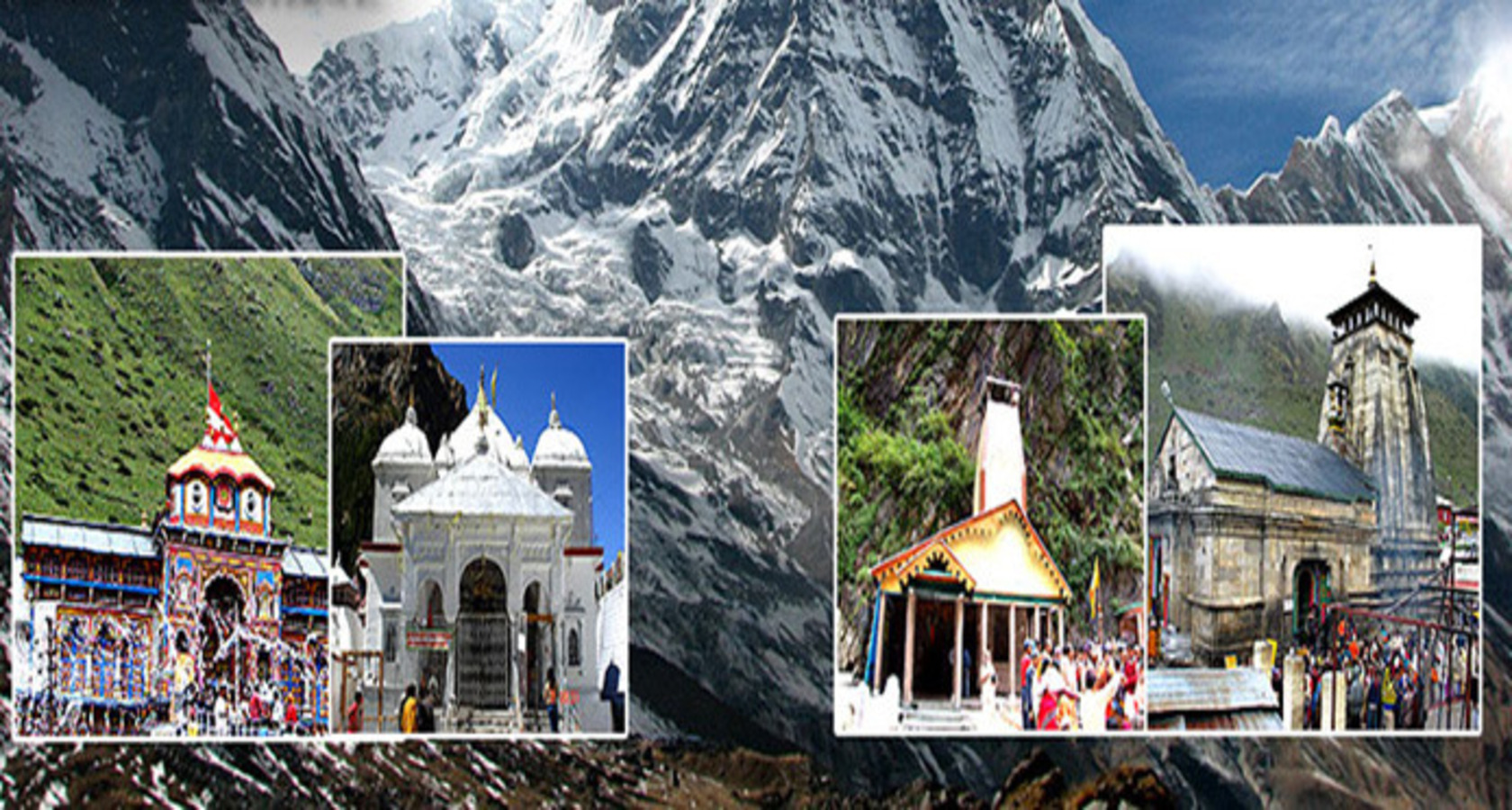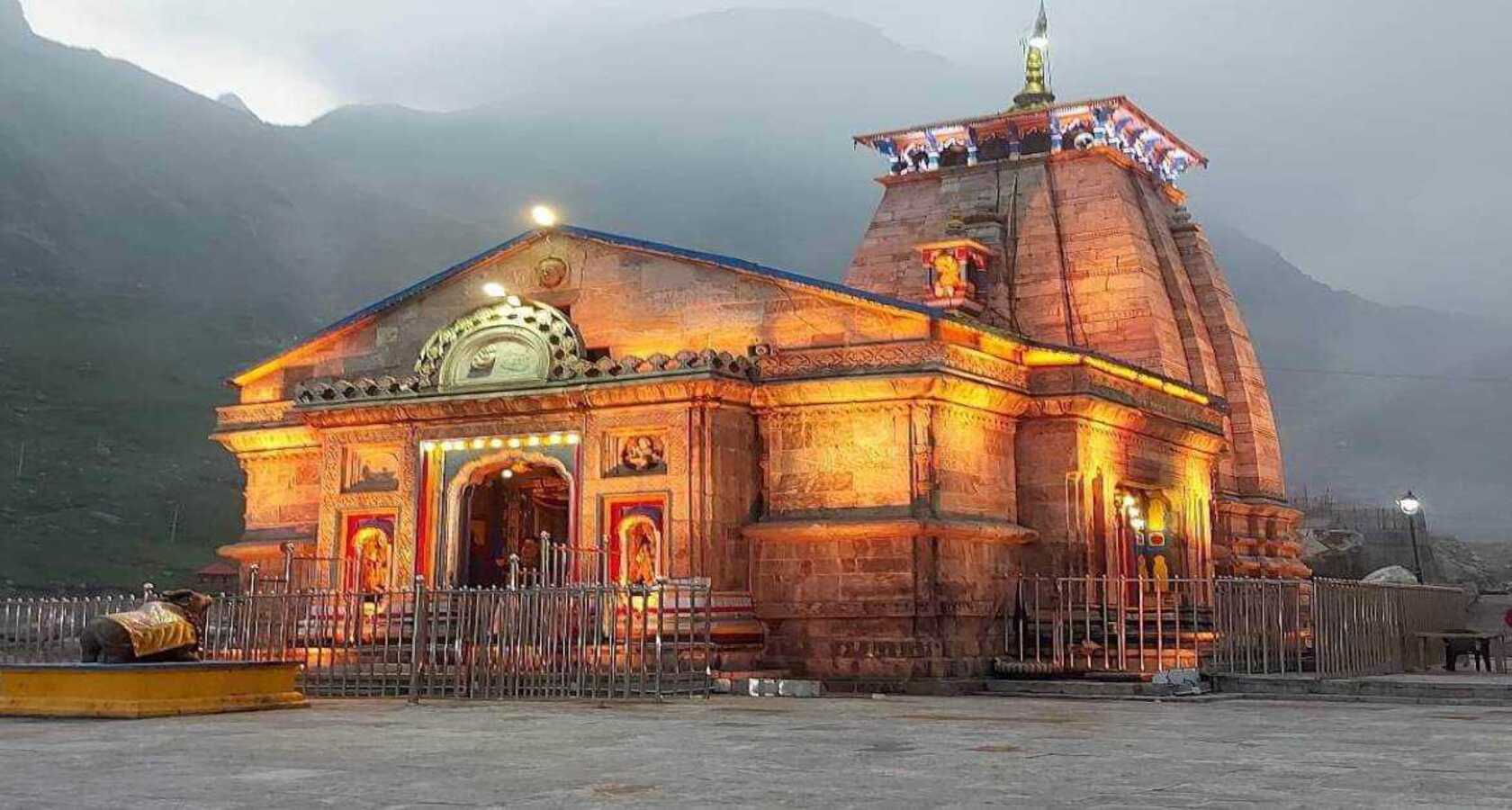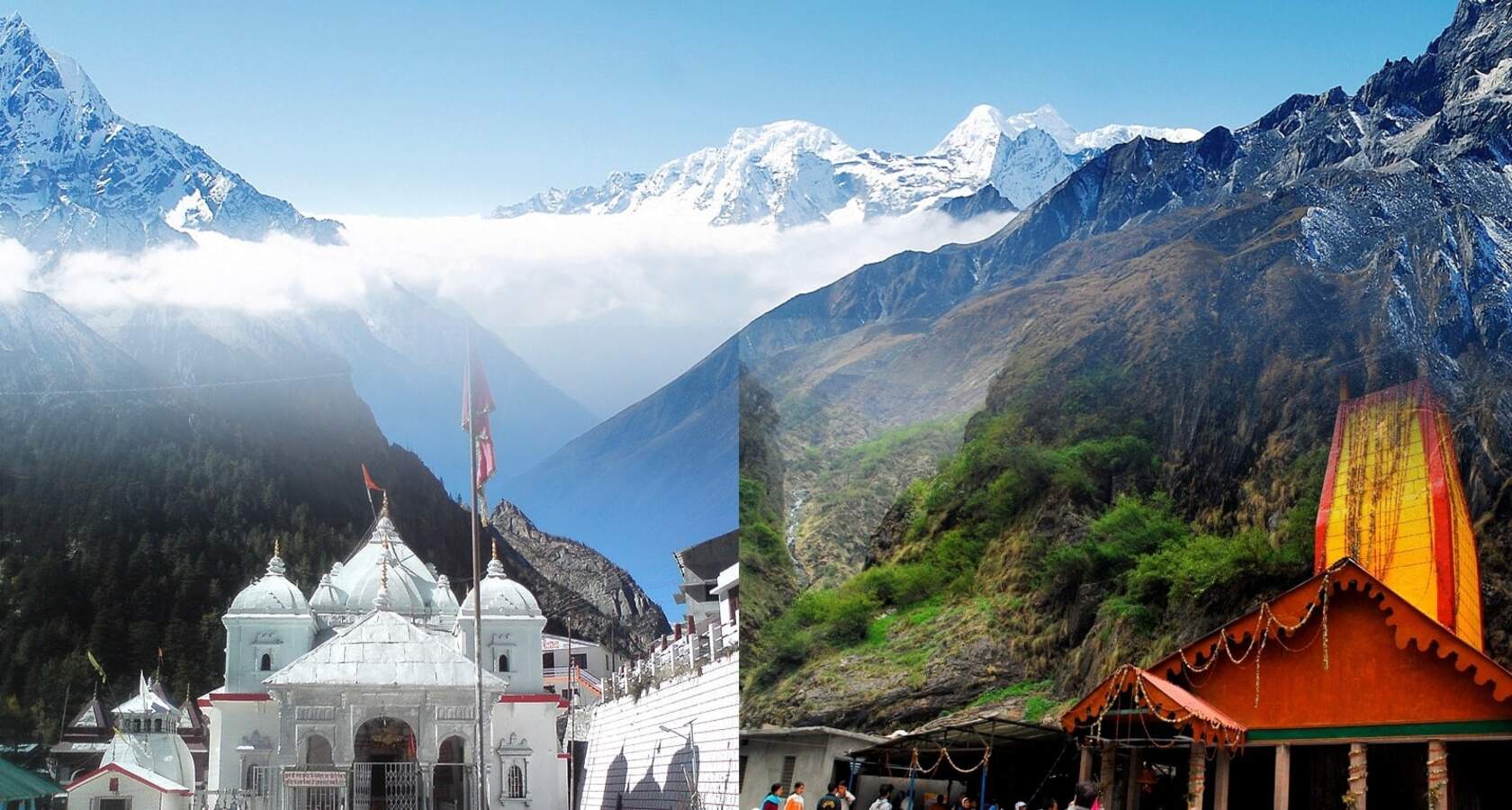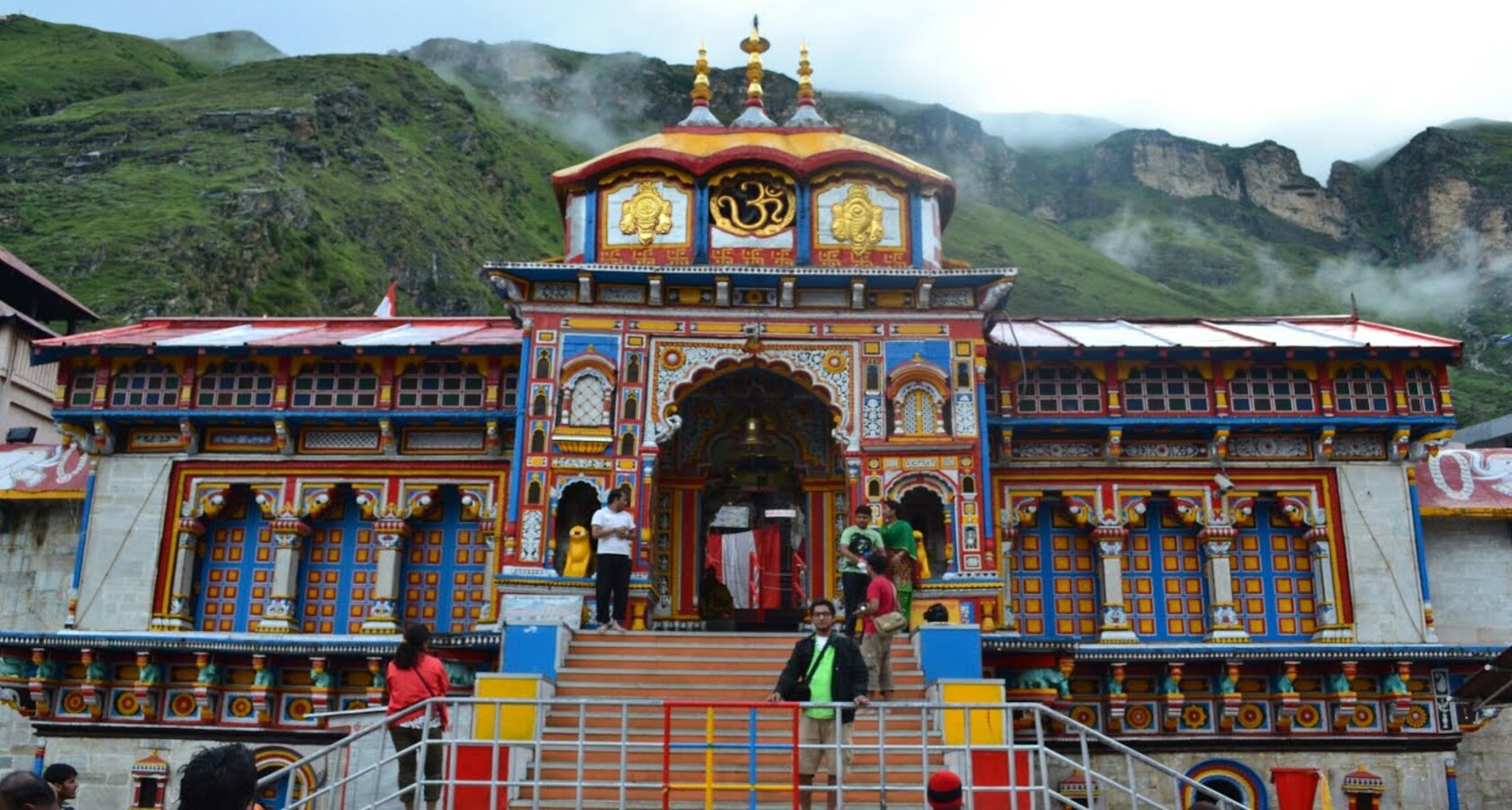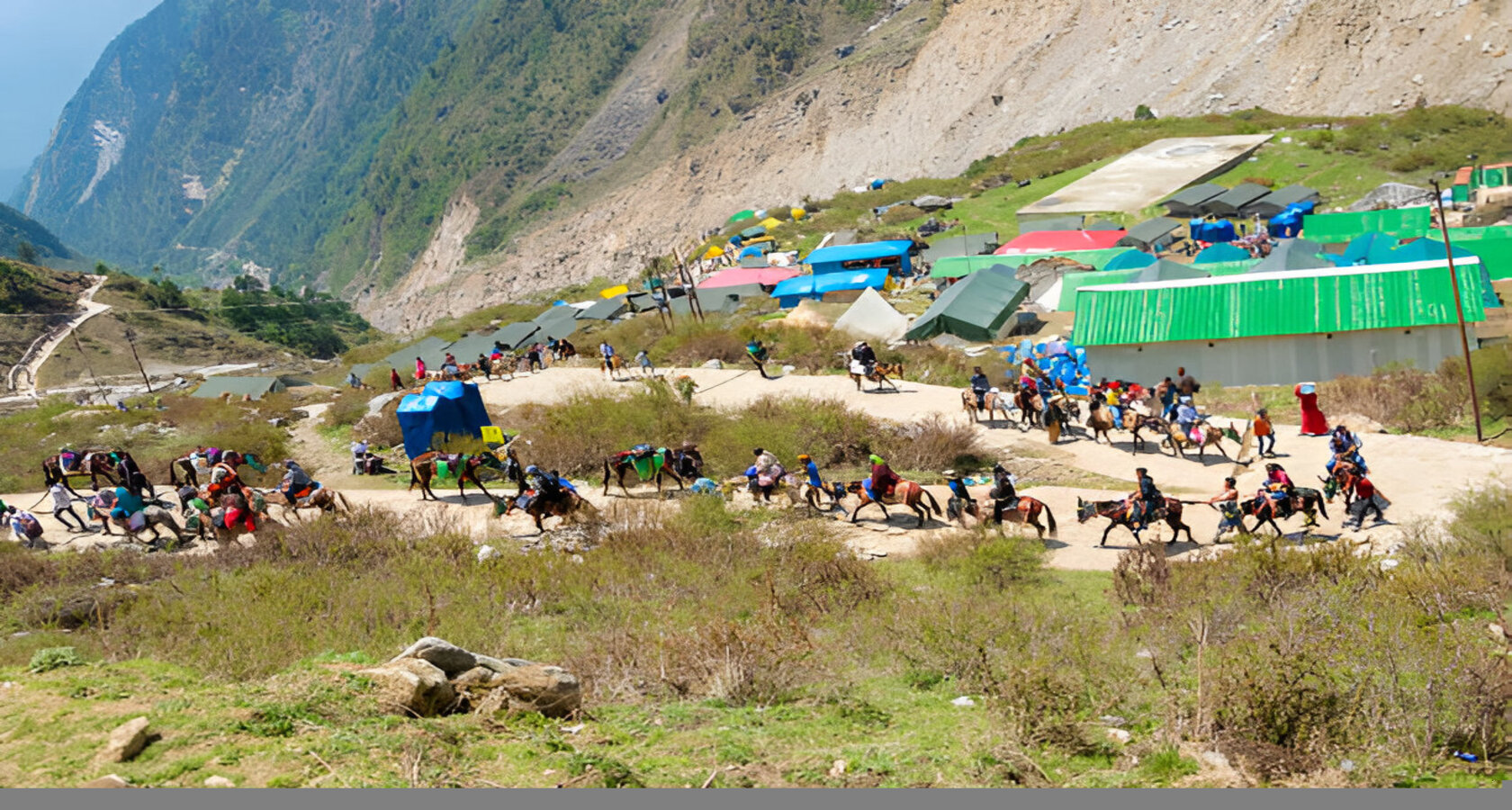
Do Dham Yatra with Nainital Package Cost:11,500 Per Person Group Tour.
Overview
You will embark on an enchanted and remarkable journey through Northern India with the Kedarnath Badrinath Do Dham Yatra and Nainital tour. Over the course of 10 days, you will be able to observe one Himalayan beauty facade after another. This itinerary includes some of the most well-known pilgrimage sites, such as Badrinath and Kedarnath, as well as the breathtaking scenery of Nainital. One of India's holiest pilgrimage destinations, Badrinath is an old temple devoted to Lord Vishnu that is said to release travelers from the weight of their previous deeds. The temple devoted to Lord Shiva, Kedarnath, is the second most important stop on the tour and is regarded as one of India's most important temples. A trip to Kedarnath is a once-in-a-lifetime event because of the stunning journey and the sacred ambiance of the temple. In addition, Nainital is still another breathtakingly gorgeous hill station that will assist you in reviving the spiritual energy you encountered over the trip. The journey also stops at many other stunning locations along the way, such as the spiritual centers of Haridwar and Guptkashi, the historic wonders of Mana Village including Vyas Gufa and Bhim Pul, and the confluence of the Alaknanda and Pindar rivers at Karanprayag. The entire trip is designed to investigate the spiritual essence and is ideal for spending time with loved ones, friends, and oneself.
The tour's highlights include:
Nainital
Haridwar Hari Ki Pauri
Rishikesh
Devprayag (where the Bhagirathi and Alaknanda rivers converge)
Srinagar
Rudraprayag (Alaknanda and Mandakini River Confluence)
Guptkashi
Kedarnath
Pipalkoti
Joshimath
Badrinath
Gufa Vyas
Gufa Bheem
River Saraswati
Mount Neelkanth
Village of Mana
Karanprayag
Nanital's Karan Temple
The detailed itinerary is as follows:
1: Delhi to Haridwar, 205 km, 6 hours
Assistance and a morning meeting are followed by a drive to Haridwar. Check in at the hotel when you arrive. Visit Har Ki Pari for aarti darshan in the evening. Spend the night at the hotel.
Haridwar: Haridwar is a gateway located in the Haridwar district of Uttaranchal Pradesh, at the base of Shiva's hills, also known as the Shivaliks. Here, the prince Bhagirath of Suryavanshi underwent penance in order to save the souls of his ancestors who had perished as a result of the sage Kapila's curse. The penance was fulfilled, and the Ganga river emerged from Lord Shiva's locks. The king Sagara's sixty thousand sons were brought back to life by the river's abundant water. In the custom of Bhagirath, pious Hindus stand in the hallowed waters and offer prayers for their deceased elder's salvation. From 3000 to 4500 meters up into the snowy mountains of the middle Himalayas, it is the gateway to the Ganga and Yamuna's origins. The floating 'dia' (light) and the 'Aarti' worship of the Ganga after dusk are a poignant tradition.
2. Guptkashi-Haridwar (185 km, 06-07 hours)
Meet in the morning and go through Rishikesh, Devprayag, and Rudraprayag to Guptkashi. Guptkashi checks into the hotel upon arrival. Visit Ardh Narishwar Mandir and Kashi Vishwnath in the evening. Spend the night at the hotel.
Guptkashi is situated in the Mandakini river valley, which is surrounded by verdant woods, in the Northern Himalayan region. The main Mandakini River receives water from several streams and rivulets. Its elevation of around 1,319 meters (4,330 feet) contributes to its healthy climate. From here, you may enjoy a beautiful morning view of the Chaukhamba mountain covered in snow. The valley is home to huge magnolia trees, known locally as champa, which give the area a lovely, fragrant air.
3. Gorikund-Kedarnath-Guptkashi (70 km)
Drive to Gorikund early in the morning, then begin the trek to Kedarnath. Once there, check into the hotel, have pooja and darshan, return to the hotel for dinner, and spend the night there.
Kedarnath is a magnificent site, situated in the center of a broad plateau encircled by tall, snow-capped peaks. Adi Shankaracharya constructed the current temple in the eighth century, and it is located next to an ancient Pandava temple. Figures of numerous deities and situations from mythology adorn the assembly hall's inner walls. A massive statue of the Nandi Bull stands watch outside the temple door.
4: Kedarnath, Gorikund, and Pipalkoti (155 km drive, 14 km trek down)
Pooja and darshan at the temple in the morning, followed by a climb down to Gaurikund, where you meet your driver and depart for Pipalkoti, where you settle into a hotel for the night.
The picturesque and little settlement of Pipalkoti lies 1,260 meters above sea level. On NH58, it is 17 kilometers past Chamoli. Pipalkoti serves as a rest stop for visitors to the Valley of Flowers, Badrinath, Auli, and Hemkund Sahib. It is surrounded by terraced farms and verdant mountains. Pipalkoti offers magnificent vistas of the snow-capped Alps and
5: The 72-kilometer, three-hour drive from Pipalkoti to Badrinath
Leave in the morning for Shri Badrinath Ji at around seven o'clock. Drive to Badrinath after visiting the Narsingh Temple and the Adi Sankracharya Samadhi at Joshimath. After arriving, take the holy Darshan and spend some time at Byas Gufa, Bheem Pul, Saraswati River, and Mana village, which is the final village before the Tibetan border. Spend the night at the hotel
It is traditional to have a bath in Tapt Kund, a natural thermal spring on the Alaknanda River's bank, prior to visiting the Badrinath temple.
Narad Kund: The Badrinath idol was unearthed from a pool formed by a river recess close to Tapt Kund.
Mata Murty: Temple: Dedicated to Sri Badrinath ji's mother. Charanpaduka, Urvashi Temple, and Sesh Netra Temple are more significant temples.
Mana settlement: The final Indian settlement before Tibet, it is inhabited by an Indo-Mongolian people.
Vasundhara: This stunning waterfall is exactly what its name implies. Five kilometers separate this location from Badrinath, of which two kilometers are noteworthy for reaching Mana.
Bhim Pul: A huge rock that forms a natural bridge across the thundering Saraswati river is located on the opposite side of Mana village. It is thought to have been positioned there by Bhim, the second oldest of the five Pandava brothers, and offers a breathtaking view of water pouring down through the small opening beneath the rock.
Ved Vyas is thought to have written the Mahabharata and the pauranic commentary in the rock cave known as Vyas Gufa, which is close to Mana Village.
6: Karanparyag-Badrinath (127 km, 6 hrs)
Early in the morning.After doing pooja and darshan at the temple, return by car to Karnaprayag. Via Joshimath, Nandparyag, check into the hotel upon arrival, visit the Karan Temple in the evening, have dinner, and spend the night there.
Karanprayag: Located in the Chamoli District in the Indian state of Uttarakhand, Karanprayag is a city and municipal board. Located at the meeting point of the Alaknanda and Pindar rivers, Karanprayag is one of the Panch Prayag (five confluences) of the Alaknanda.
7: Karanparyag to Naniatal (about 185 km in 6 hours)
Drive to Nanital in the morning after breakfast, check in at the hotel, have dinner, and spend the night there.
Nainital: Located in the Kumaon foothills of the outer Himalayas, Nainital is the capital of the Nainital district and a well-known hill station in the Indian state of Uttarakhand. Nainital is located in a valley with a pear-shaped lake at 2,084 meters (6,837 feet) above sea level.
8: Nanital's Full Day
Breakfast in the morning See the temples of Naina Devi and Hanuman Giri, and then spend the evening on a boat excursion in Nani Lake. Spend the night at the hotel
9: Delhi to Nanital (277 km, 7 hours)
Drive back to Delhi in the morning after breakfast, upon arrival Arrive at the hotel, have dinner, and spend the night there.
10:Departure
After breakfast in the morning, depart from the hotel and make your way to the train or airport in time for your next stop
